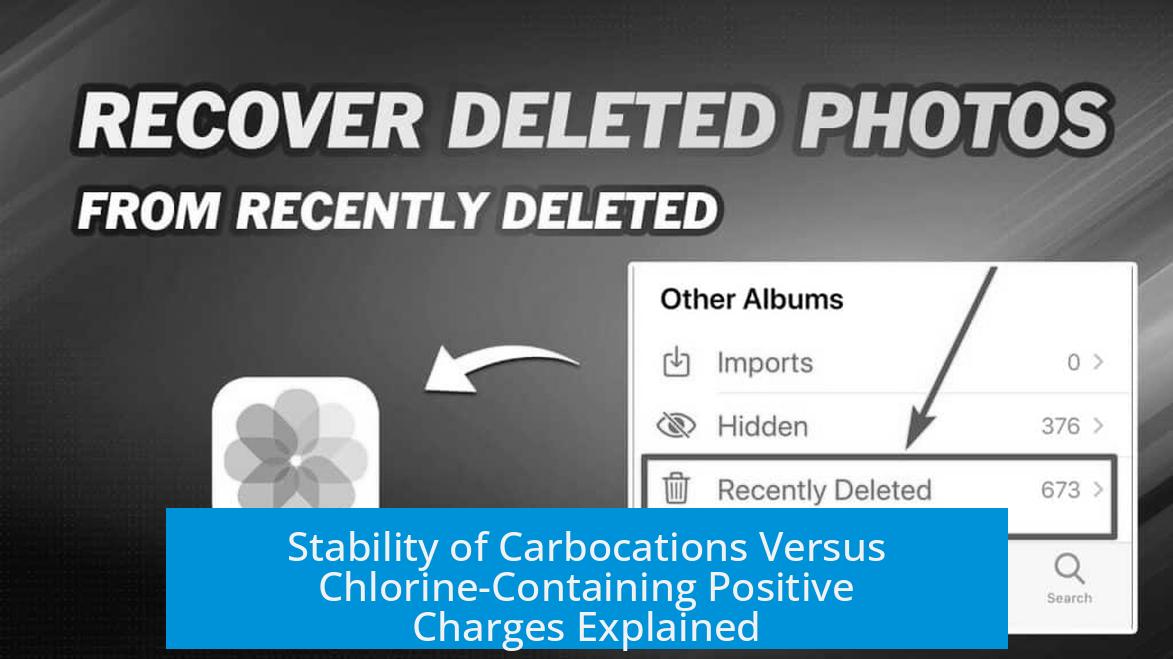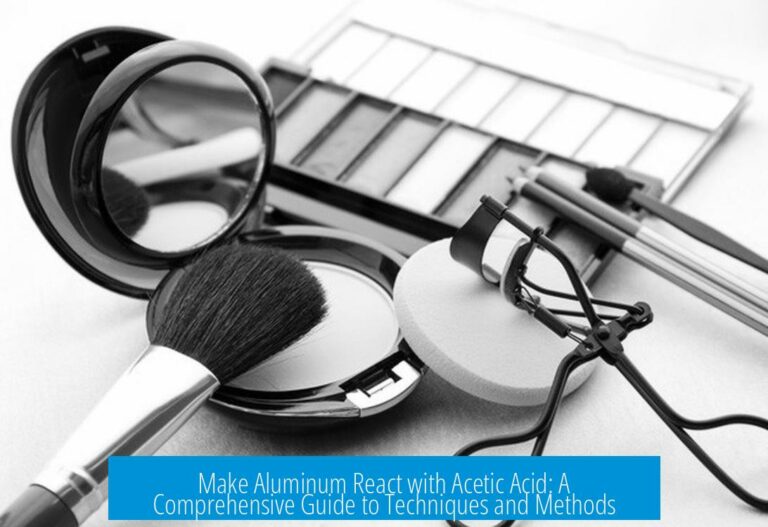Stability of Carbocations versus Chlorine-Containing Positive Charges
 Tri-substituted carbocations are generally more stable than chlorine atoms bearing a positive charge. This outcome results from several factors, including electronegativity, resonance effects, and the presence of electron-withdrawing groups.
Tri-substituted carbocations are generally more stable than chlorine atoms bearing a positive charge. This outcome results from several factors, including electronegativity, resonance effects, and the presence of electron-withdrawing groups.
Understanding Stability
Stability of a species depends on the context. It may refer to thermodynamic favorability or kinetic lifetime. Thermodynamically stable species have lower free energy. Kinetically stable species persist longer despite possible unfavorable energy levels.
Comparing Tri-substituted Carbocations and Chlorine Ions
Tri-substituted carbocations benefit from alkyl groups donating electron density through inductive and hyperconjugation effects. This stabilizes the positive charge on carbon.
- Chlorine atoms are more electronegative than carbon.
- This high electronegativity makes a positive charge on chlorine intrinsically less stable.
For chlorine to hold a positive charge stably, it requires substantial electronic support. For example, in perchlorate ions, chlorine holds a positive formal charge stabilized by resonance and surrounding electronegative oxygen atoms.
Role of Resonance and Electron-Withdrawing Groups (EWGs)
When chlorine is part of a resonance structure conjugated with electron-withdrawing groups, it can share the positive charge more effectively. However, EWGs adjacent to a carbocation typically destabilize it by pulling electron density away, worsening the electron deficiency.
Specific Structural Comparisons
The left structure mentioned is a resonance form involving a carbocation adjacent to chlorine. The positive charge partially resides on chlorine, but this state is less stable due to chlorine’s electronegativity and limited ability to distribute charge efficiently.
The right structure shows a tertiary carbocation with three alkyl substituents, which stabilizes the positive charge through hyperconjugation and inductive donation. This carbocation is much more stable, especially since it lacks destabilizing electron-withdrawing neighbors.
| Characteristic | Left Structure (Cl+) | Right Structure (Tertiary Carbocation) |
|---|---|---|
| Charge Location | On Cl | On C (tertiary) |
| Neighboring Groups | Electron withdrawing group | Electron donating alkyl groups |
| Resonance Stabilization | Partial, limited by electronegativity | Strong hyperconjugation |
| Overall Stability | Lower | Higher |
Key Takeaways
- Positive charges on carbon (especially tertiary carbons) are more stable than on chlorine due to lower electronegativity and better charge delocalization.
- Chlorine can bear a stable positive charge only when conjugated or surrounded by highly electronegative atoms, as in perchlorate.
- Electron-withdrawing groups adjacent to a carbocation reduce stability by increasing electron deficiency.
- Resonance can stabilize positive charge but effectiveness differs between chlorine and carbon based on electronegativity.





Leave a Comment